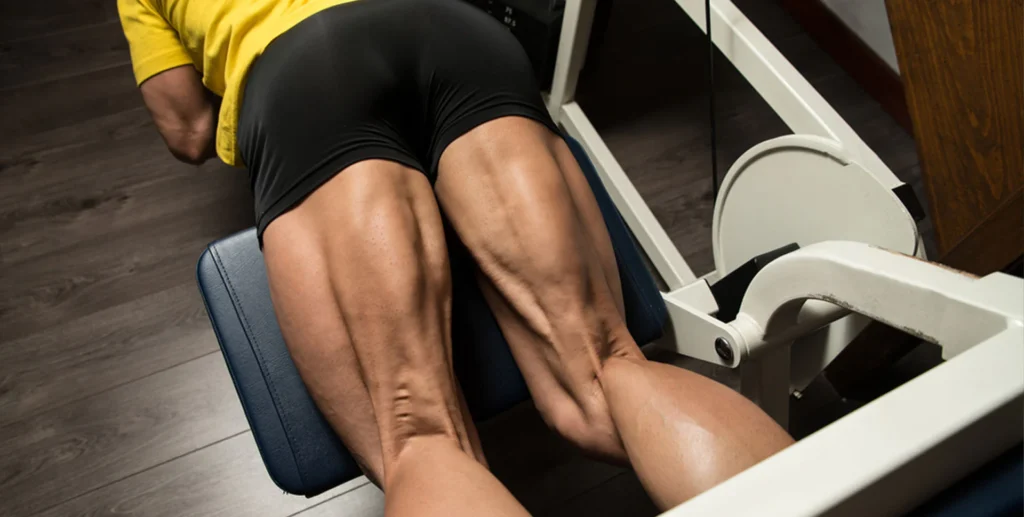
Researchers have developed a new Japanese version of the Hamstring Outcome Score (HaOS), a tool used to monitor the condition of hamstring muscles in athletes. The study found that the Japanese HaOS questionnaire is a valid and reliable tool, and that athletes with a history of hamstring injuries scored significantly lower on the questionnaire compared to those without prior injuries. This suggests the HaOS could be a valuable tool for preventing and managing hamstring injuries, which are common among athletes. The findings could have important implications for the treatment and rehabilitation of these types of injuries. Hamstring muscles are a group of muscles located at the back of the thigh that play a crucial role in various athletic activities.
Translating the Hamstring Outcome Score to Japanese
Hamstring injuries are a common problem among athletes, and can be difficult to prevent and manage effectively. To address this issue, researchers developed the Hamstring Outcome Score (HaOS), a questionnaire that allows athletes and their healthcare providers to monitor the condition of their hamstring muscles.
In this study, a team of researchers set out to translate the original English version of the HaOS into Japanese and assess its validity and reliability. The translation process involved a meticulous approach, with multiple forward and back-translations to ensure the Japanese version accurately captured the original meaning and concepts.
Validating the Japanese HaOS
The researchers then tested the Japanese HaOS with a group of 233 athletes, including those with and without a history of hamstring injuries. The athletes were asked to complete the questionnaire, and the researchers evaluated its reliability and internal consistency.
The results were promising – the Japanese HaOS demonstrated high test-retest reliability, with intraclass correlation coefficients (ICCs) ranging from 0.80 to 0.93 for the different subscales. This means the scores were consistent over time, indicating the questionnaire is reliable. Additionally, the internal consistency, as measured by Cronbach’s alpha, ranged from 0.72 to 0.96, suggesting the items in the questionnaire are homogeneous and not redundant.
Connecting Hamstring Injury History to HaOS Scores
The researchers also examined whether the HaOS scores differed between athletes with and without a history of hamstring injuries. They found that athletes with a previous hamstring injury had significantly lower total HaOS scores and lower scores across all five subscales (symptoms, soreness, pain, function in sports, and quality of life) compared to those without a history of injury.
Furthermore, when the researchers compared the HaOS scores of athletes with a single previous injury to those with recurrent injuries, they found that the recurrent injury group had significantly lower scores on the symptoms, soreness, and quality of life subscales.
Implications for Injury Prevention and Management
These findings suggest that the Japanese HaOS could be a valuable tool for monitoring hamstring conditions and identifying athletes at risk of injury or re-injury. By regularly assessing an athlete’s hamstring status using the HaOS, coaches and healthcare providers may be able to detect problems early and implement appropriate prevention or rehabilitation strategies.
The regular use of the HaOS could also help guide the decision-making process for return to play after a hamstring injury. Unlike imaging techniques like MRI, which can show structural changes but may not accurately reflect an athlete’s functional status, the HaOS provides a subjective assessment of the athlete’s own experience and perception of their hamstring condition.
Overall, this study demonstrates the successful translation and validation of the HaOS for use in the Japanese context, and highlights the potential of this tool to contribute to the prevention and management of hamstring injuries among athletes. As the researchers note, further research is needed to explore the tool’s effectiveness in predicting injury risk and guiding rehabilitation, but these initial findings are promising.
Author credit: This article is based on research by Shogo Tsutsumi, Noriaki Maeda, Anders Hauge Engebretsen, Yusuke Kamatsuki, Yasuharu Nagano, Sayo Kuroda, Ayano Ishida, Yuki Tamura, Tsubasa Tashiro, Kazuki Kaneda, Satoshi Arima, Mitsuhiro Yoshimi, Makoto Komiya, Yukio Urabe.
For More Related Articles Click Here
